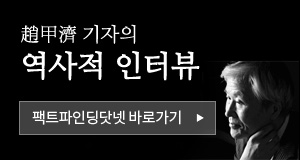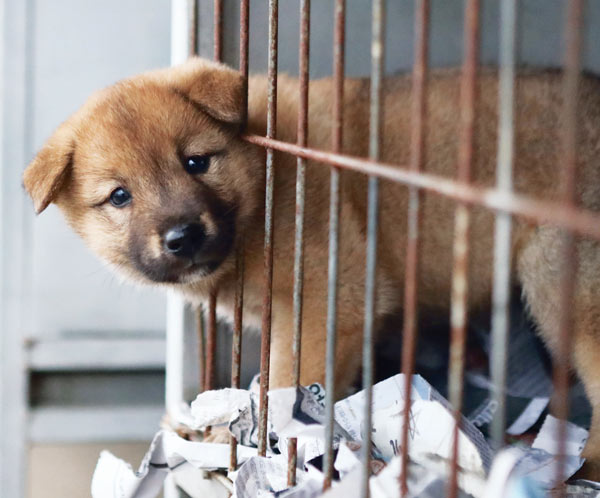
대한민국에서 유일하게 진도개 강아지를 파는 진도 5일장이 열리는 조금시장에서 진도개 강아지가 목을 내놓고 주변을 관찰하고 있다.
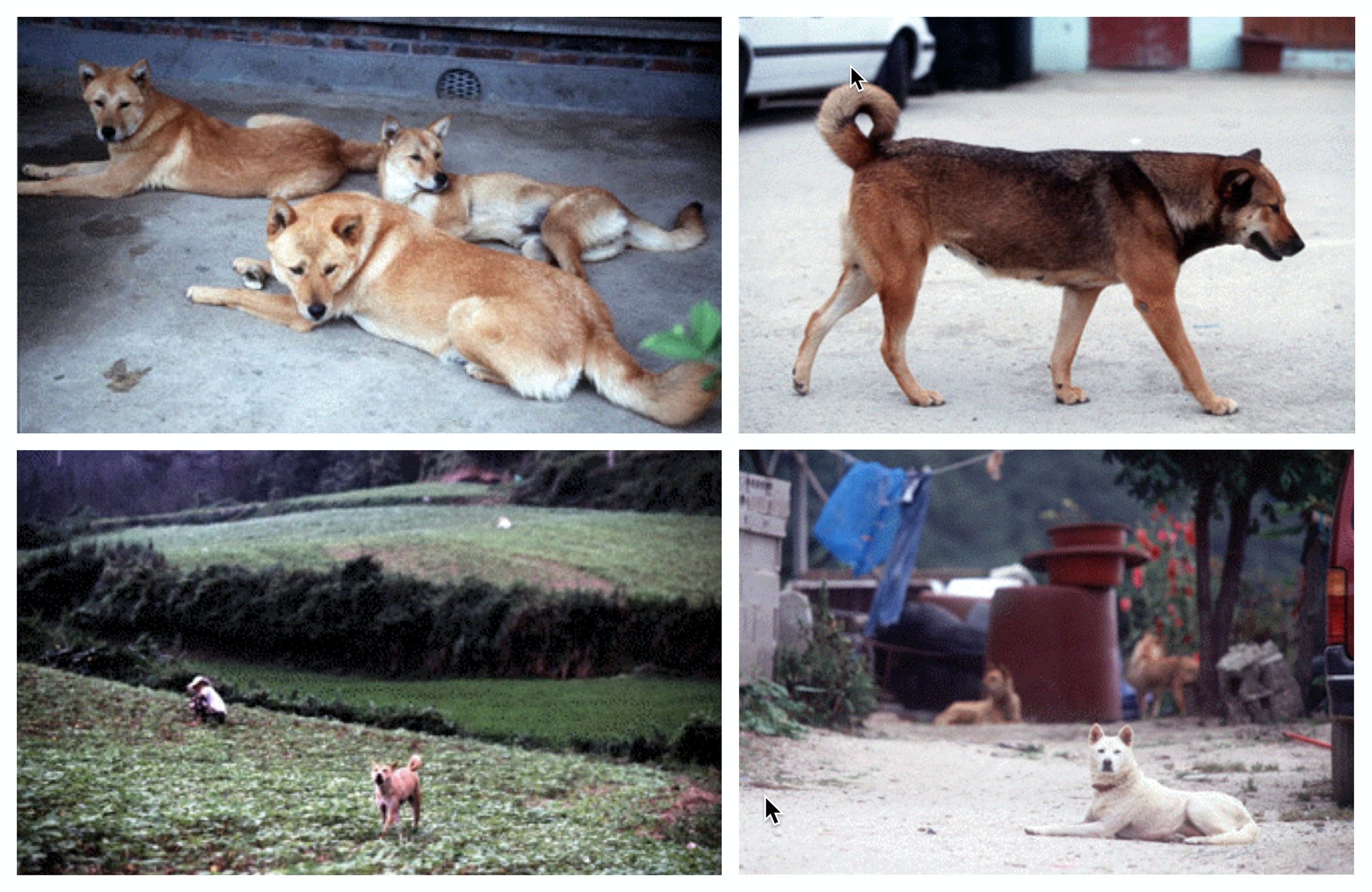
1990년대의 진도섬의 진도개들의 모습. 목줄 없이도 전혀 문제를 일으키지 않고 자체적으로 개들이 질서를 유지하는 자연스러운 환경이 보인다.
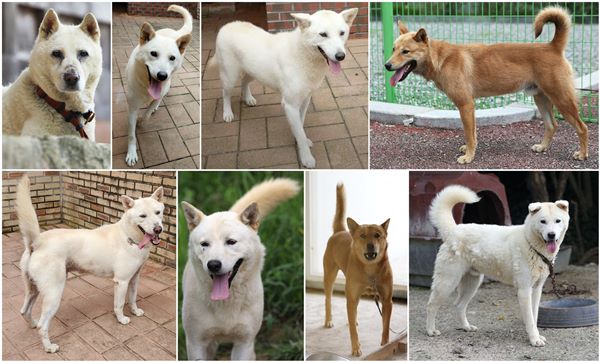
2020년 8월에 방문한 진도섬의 진도개들. 두 가지의 전통적인 진도개 체형이 조합하여 진화된 ‘각골’ 체형이 많이 늘었다. 선택번식 위주로 결정되다보니 진도개들 말림꼬리가 많이 없어졌다.
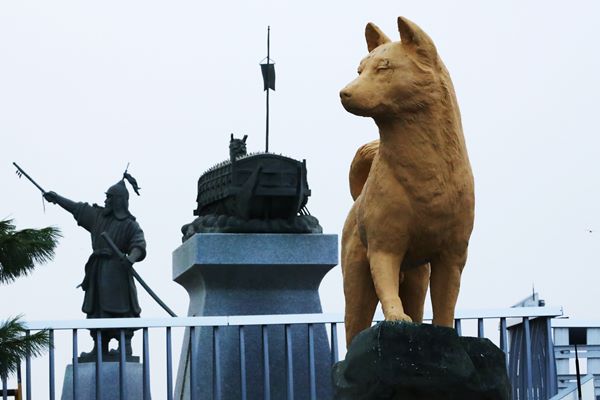
1984년부터 진도섬과 본토를 연결해온 484미터 길이의 진도대교 입구에는 진도개, 이순신 장군, 거북선이 지키고 있다. 진도대교 근처는 1597년에 이순신이 지휘하는 조선 수군 13척이 명량대첩 에서 일본 수군 300척 이상(추정)을 격퇴한 해전 지역이다.
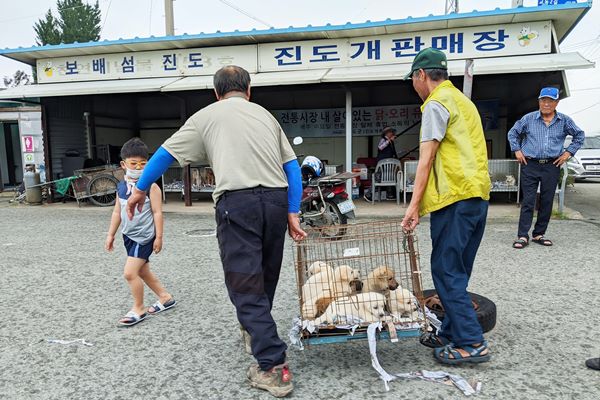
대한민국에서 유일하게 진도개 강아지를 파는 진도 5일장 조금시장에 진도개 강아지들이 택시를 타고 도착했다.
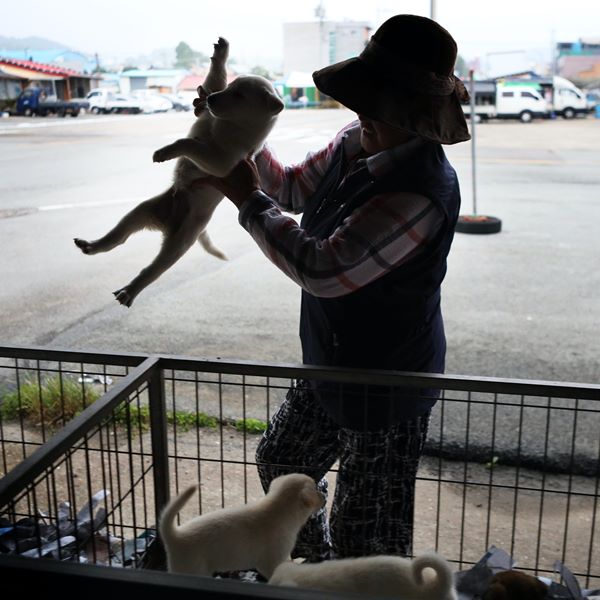
진도개 강아지를 파는 진도 5일장 조금시장의 진도개 강아지들.
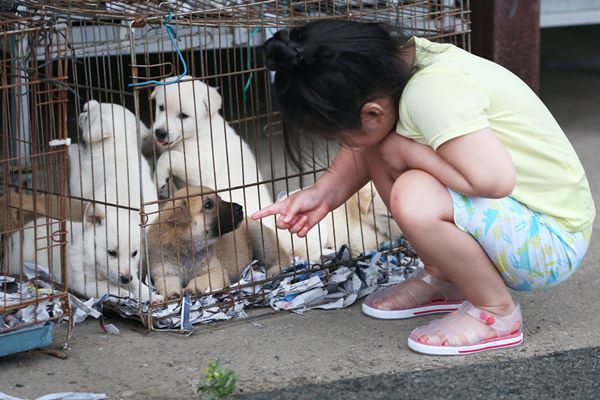
진도 5일장 조금시장에서 어린 소녀가 진도개 강아지와 놀고 있다.
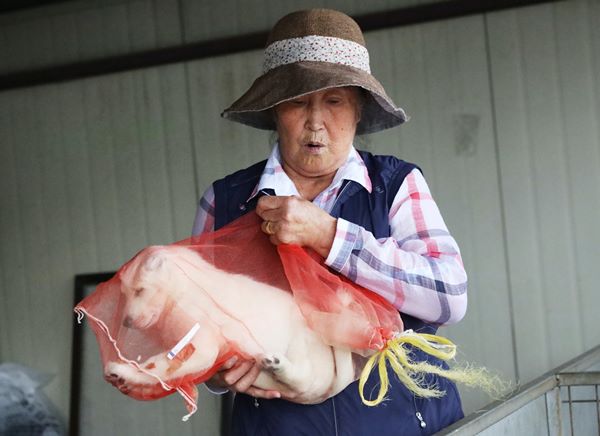
팔린 진도개 강아지는 망사 자루에 넣어서 손님에게 넘긴다. “강아지 놓치지 마시요. 도망가면 절대 못잡습니다”라고 손님에게 일러준다.
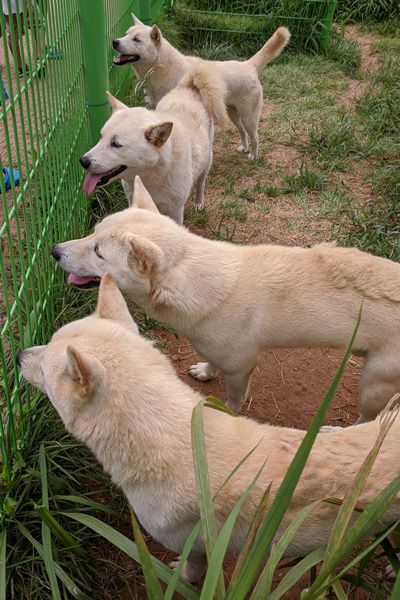
진도 테마공원 방사장에 풀어져 있는 진도개 백구들. 방문객들이 간식을 줄 수 있게 돼 있다.
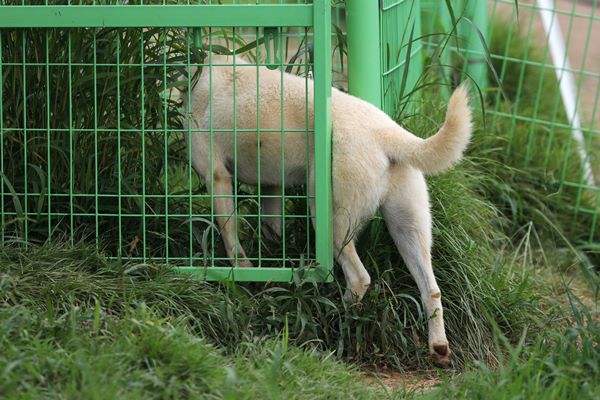
진도견 방사장에서 이중 게이트 문 사이로 슬그머니 도망을 시도하는 진도개.
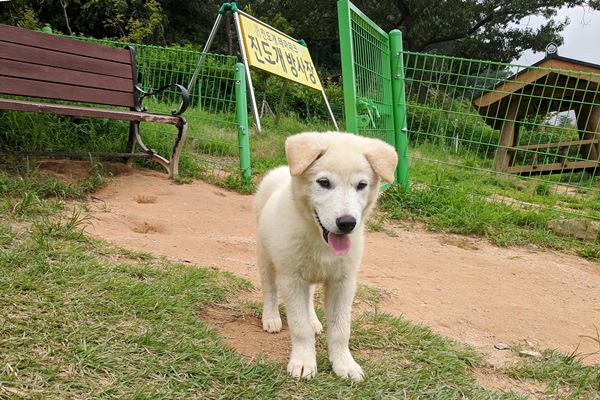
진도개 방사장에 방문객들을 상냥히 맞이하는 강아지. 이런 강아지는 귀가 서지 않을 확률이 높다. 원래 진도개 중에 귀가 안 서는 개들이 있다.
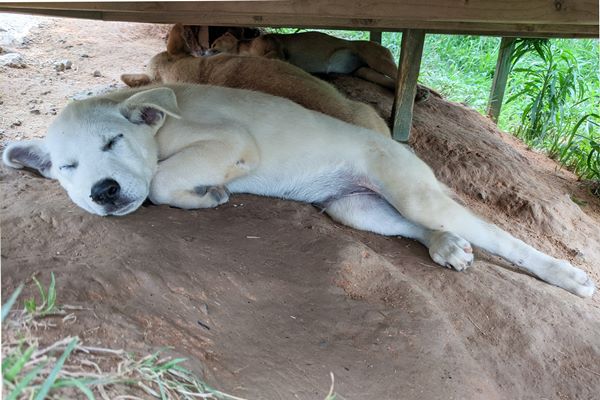
진도개 방사장의 개집 아래 시원한 공간에서 낮잠을 즐기는 진도개 강아지들.
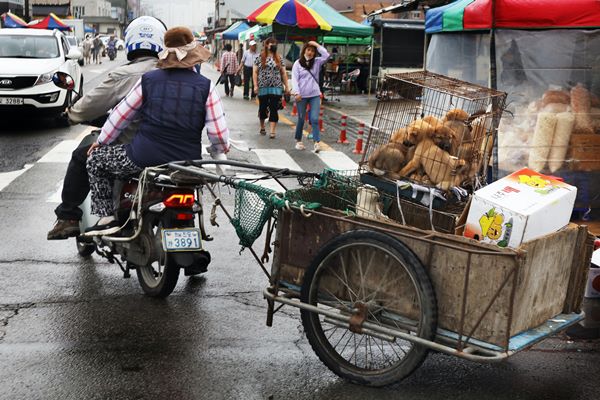
진도개 강아지를 파는 진도 5일장 조금시장에서 안 팔린 진도개 강아지들을 다시 태우고 나가는 진도개 브리더/딜러.
1990년대 처음으로 진도를 방문했을 때 그곳에는 상당히 많은 진도개가 주인집 앞을 지키고 있다가 차가 오면 비켜주고 다시 집을 지키는 모습이 흔했다. 묶여 있지 않음에도 불구하고 진도개들끼리 영역 분쟁으로 서로 싸우거나 문제를 일으키는 일은 없었다. 개들 사이에는 그들만의 질서가 있었다.
그때 인터뷰를 한 지역 주민은 “수캐가 밤에 다녀가기 때문에” 자기 집에서 태어난 강아지 들의 부견이 누구인지를 모른다고 했다. 수캐들은 진도 섬을 돌아다니면서 자기들끼리 짝짓기 기회를 놓고 우월적 순위를 결정하는 자연 번식이 부분적으로 존재하고 있었다.
개의 해이던 1994년 필자가 LA 타임스 기자로 일할 때 영어문화권인 미국에 들여온 진도개를 소개한 적이 있었다. 그때 진도개 매니아들의 화두는 진도개의 꼬리 형태였다. 진도개들의 선꼬리(장대꼬리) 아니면 반말린꼬리, 또는 말림꼬리가 각각 우월하다고 주장하는 여러 견해가 있었다.
수세기 동안 본토와 고립되어 살았던 진도섬의 진도개는 자연번식으로 뛰어난 지능, 용감한 사냥 능력, 주인에 대한 강렬한 충성심, 때로는 수백마일 떨어진 곳에서부터도 집을 찾아오는 놀라운 능력, 그리고 알려진 유전적 결함이 거의 없다는 점 등 우리 민족의 대표견으로 손색이 없는 건강하고 훌륭한 토종견이였다.
1984년부터 484미터 길이의 진도대교가 섬과 본토를 연결했고, 같은 길이의 제2 진도대교는 2005년에 추가 개통되었다. 이로써 진도는 더 이상 섬이 아니다.
대한민국에서는 전국적으로 동물보호법에 따라 방견을 금지하고 있어 밖에 나오는 모든 개를 묶어 키워야 하는 법이 시행되다보니, 개가 사람을 무는 일이 거의 없는 진도에서도 견사가 없는 개들은 집에서도 묶여 있다. 마당이 있는 시골집에서도 많은 진도개들이 집에서 묶여 살고 있는 것이다.
진도군 진도 테마파크 진도개 훈련원의 김동우씨는 “묶어 키우다보니 운동 부족으로 진도개들의 체력이 많이 약해졌다. 하지만 설반 체형(비절각) 결치 등은 선택번식에 의해 많이 좋아져 보인다”라고 말했다.
선택번식 위주로 결정되다보니 진도개들의 말림꼬리가 많이 없어졌다. 대부분의 진도개들은 선꼬리(장대꼬리) 아니면 반말린꼬리를 가지고 있으며 꼬리 끝이 때때로 등을 거의 닿지 않다.
진도개 축산 현황 자료에 의하면 총 1만722마리의 개들 중에 7,014마리는 마이크로칩 시술을 한 혈통서가 있는 등록견이다. 등록견은 ‘반출허가증’ 없이는 진도섬을 떠날 수 없다.
진도에는 대한민국에서 유일하게 진도개 강아지를 파는 진도조금시장에 5일마다 장이 열린다. 부모가 순종 등록견인 강아지들은 이미 목 뒤에 마이크로칩이 시술되어 있고, 등록되지 않은 강아지들은 상대적으로 저렴하게 판매된다.
진도견은 원래 여러 체형의 개들이였는데, 땅딸막하고 근육질인 형태의 ‘겹개’가 있는가 하면 날씬하고 가슴의 높이가 낮으며 허리가 조금 긴 ‘홋개’가 있고, 최근에는 두 개의 전통적인 진도개 체형이 조합돼 진화된 ‘각골’ 체형이 많이 늘었다.
진도개의 체형이 영양실조와 연관 있다고 말하는 전문가도 있지만, 한편으로는 전통적으로 옛날의 진도개의 모습을 추구하는 ‘옛모습’을 그대로 유지하는 것의 가치를 주장하는 원칙주의자들이 있다.
이번에 방문한 진도군 테마파크 사육장이나 한국진도개협동조합에서는 ‘옛모습’의 진도개를 볼 수 없었다. ‘옛모습’ 진도개를 보기 위해서는 오히려 미국 텍사스로 가면 된다.
진도개를 아주 오래 연구하신 ‘한국의 진도개’ 저자 임병철씨가 1993년과 1994년에 미주 한인 정경택씨에게 황구 4마리와 백구 한 쌍, 총 여섯 마리의 진도개(겹개 5마리와 홋개 한 마리)를 진도에서 찾아 보냈다.
이를 가지고 정씨가 시작한 텍사스 진도개 목장에는 30여 마리의 번식용 성견과 약 50마리의 은퇴견이 100에이커 부지에서 살고 있다.
지금까지 미국과 캐나다는 물론이고 유럽, 아프리카, 중동, 남미 등 전 세계에서 강아지 분양 문의를 받고 있다는 정경택씨는 미국에서 분양된 강아지들이 한국으로 가기도 했다고 전한다.
진도개 목장에서는 아직도 자연번식이 존재하고 있다. 정씨에 따르면 약 20%는 자연번식으로 강아지들이 태어난다고 한다. 개들이 5피트에서 6피트 울타리를 뛰어 넘어 짝을 찾아가는 것을 막을 수가 없다고 한다.
정씨의 말로는 코로나19 팬데믹으로 인해 많은 사람들이 진도개 분양 문의를 해오고 있는데, 현재 강아지 분양 대기자 명단에 35마리가 밀려 있다고 한다. 정씨는 ”지금은 해외로 강아지를 배송할 수 없어서 미국 대륙 내에서만 강아지를 분양하고 있다“고 말했다.
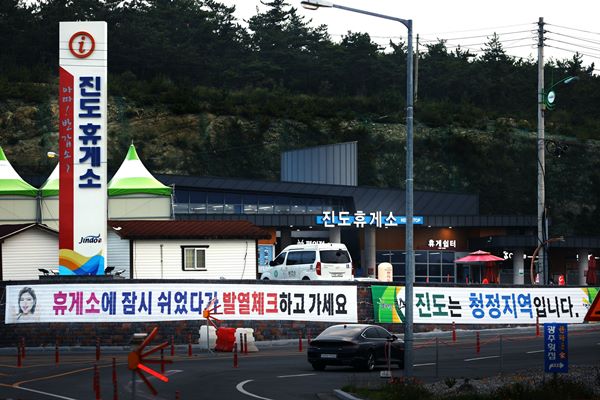
코로나19 감염 사례가 아직까지 한 건도 없는 진도섬에서는 입도할 때 모든 방문객의 체온을 측정하게 되어 있다.
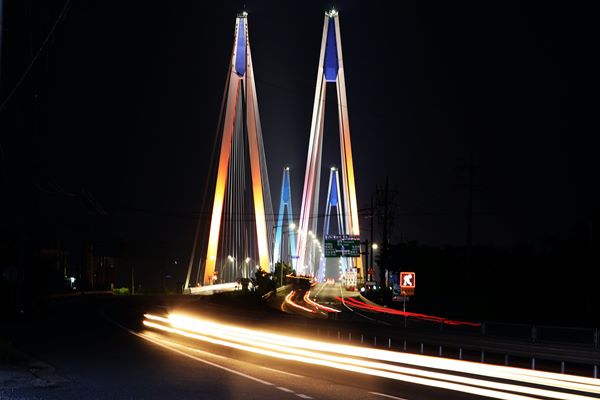
진도와 본토를 연결하는 진도대교의 야경.
Jindo dogs of Korea
During my first visit to Jindo Island in the 1990's, I met many wonderful independent-thinking Jindo dogs.
There were many Jindo dogs on the loose but keeping their place in front of their master's homes. I witnessed no dogs fighting or in territorial disputes with each other, even though they were loose. There definitely was order and hierarchy among the dogs.
One of the local families I interviewed did not know which dog sired their puppies. There was a natural selection taking place at night, with dominant male Jindos going around the island competing for mating opportunities.
This ancient and native breed of Jindo dogs are known for many qualities, probably too many to name.
The native Korean breed has always been known for its great intelligence, exceptional hunting skills, intense loyalty, incredible ability to find its way home, sometimes from hundreds of miles away, and overall absence of known genetic defects. Natural selection was responsible for the strength and health of the breed, which lived in isolation from the mainland on the island for centuries, until a 484-meter long bridge connected the island to the mainland in 1984. Another bridge of equal length was added next to the original in 2005 to double its capacity.
The new rule governing pet ownership in Korea implemented in recent years forbids dogs from roaming free. While there is almost no dog biting incidents on the island, residents no longer keep their dogs off leash. Most dogs without its own kennel are tied down at home unless they are indoors. Since most Jindo dogs live outside, especially when there's a yard available, Jindo dogs are tied to their doghouse in most homes.
'We're seeing weaker behinds in Jindos now than ever before, from lack of exercise and freedom to roam, but hock joint angles (hock angles) and missing tooth issues have improved with selective breeding' said Kim Dong-woo, a Jindo dog trainer at the Jindo Theme Park in Jindo County.
With almost no natural breeding going on, most of the tails are not fully wound up anymore. Most dogs now have tails that go up straight or a sickle shape, with the tip of the tail sometimes barely touching the back.
Of the 10,722 dogs, 7,014 registered purebred Jindo dogs on the island have microchips. No dog with microchip ID can leave the island without an official 'Exit Permit Document.'
Jindo Island is home to the only open market for puppies, which meets every five days. Puppies from officially registered purebred lineage have microchip IDs already inserted in their neck. Non-registered puppies sell for considerably less.
There used to be a distinctively different variety of Jindo dogs. Some were stocky and wide, while others were narrow and tall. Some blamed their poor diet for the varying shapes and sizes of the Jindo dogs, but others insist on the value of keeping the 'old look' in Jindo dogs.
I could not see any stocky 'old look' Jindo dogs at the county kennel or at any of the Jindo Co-op breeding centers.
One has to go to the U.S. to see the traditional looking Jindo dogs.
Renowned Jindo dog researcher and author of 'Chin Do Dog of Korea” (old romanization of Hangul) Mr. Yim Byung-Chul picked up six Jindos, four tan colored and two white, for a Korean American Jindo breeder Mr. Kyong-Taek Chong at the 100-acre Jindo Ranch of Alton, Texas, in 1993 and in 1994. Those six Jindo dogs have now become about 30 breeding quality dogs, with Mr. Chong taking puppy orders from all over the world, including from Europe, Africa, Middle East and South America. Some of his dogs sold to Korean Americans have been reverse-imported to Korea.
At the Jindo Ranch, about 20% of puppies are born from natural selection, according to Mr. Chong. 'My dogs will jump a 5 - 6 foot fence to get to a bitch in heat, and I just cannot control their natural selection.'
'Because of the Covid-19 pandemic, lots of people are calling me from all over. I currently have 35 orders on the waiting list. I cannot ship any puppies abroad right now, so I'm only sending puppies to places within the continental U.S.,' said Mr. Chong.
To see more Visual History of Korea:


























